Pam Knox
-
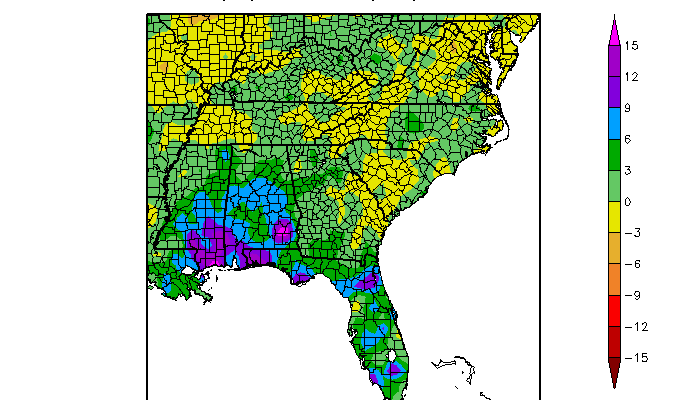
The climate report for the Southeast from the Southeastern Regional Climate Center is available below. Southeast Region: (Information provided by the Southeast Regional Climate Center) Temperatures were near average across much of the Southeast region during June. Only eight long-term (i.e., period of record equaling or exceeding 50 years) stations across the region observed June…
Posted in: Climate summaries -
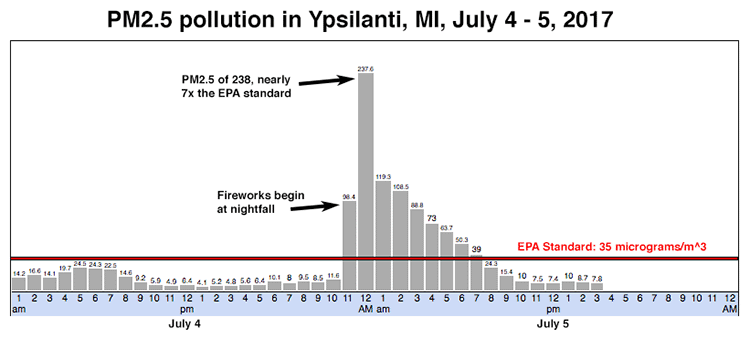
After the 4th of July fireworks across the country were over, meteorologists turned to their observations to see what effects the smoke and particulates from the fireworks had on air quality in the areas downwind of the displays. What they showed were that the level of dangerous aerosols increased immediately after the fireworks started and…
-

The National Snow and Ice Data Center shows that this June’s sea ice was the 6th lowest on record. While this might seem like an improvement over the record-setting years we have had recently, it actually means that the levels are comparable to 2012, a year that went on to set the mark for lowest…
Posted in: Climate and Ag in the news -

Growing Georgia posted a story this week on the impacts of the wet weather we have been having in the Southeast on forage conditions. The damp conditions have fostered the growth of mold in some forage and farmers need to check it carefully before feeding it to their livestock, since the presence of mold can…
-
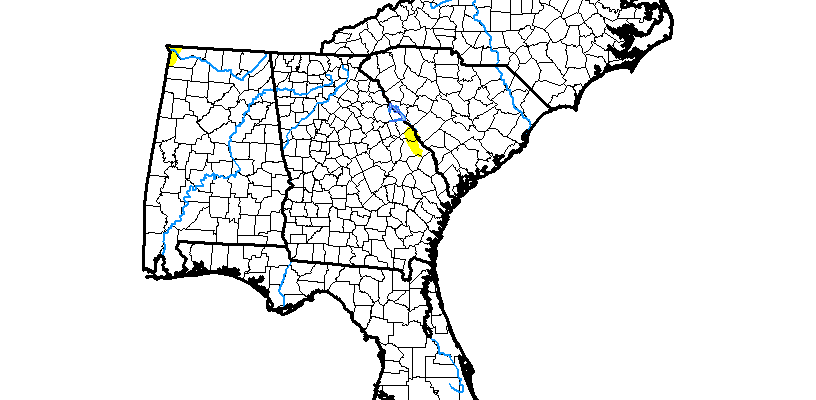
The latest Drought Monitor shows that not only is the drought gone from the Southeast (I missed seeing a small sliver in Georgia last week), but almost all the abnormally dry conditions are also gone. Good news for farmers except those in areas that have received too much of a good thing.
Posted in: Drought -
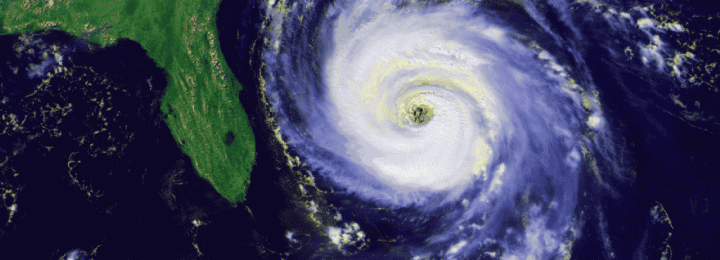
With El Niño failing to materialize, hurricane forecasters are starting to adjust their forecasts for the number of Atlantic hurricanes in 2017 upward. El Niño acts to prevent the development of the storms by effectively “blowing the top off” of the tropical waves, keeping them from developing the deep vertical circulation needed to grow. Here…
-
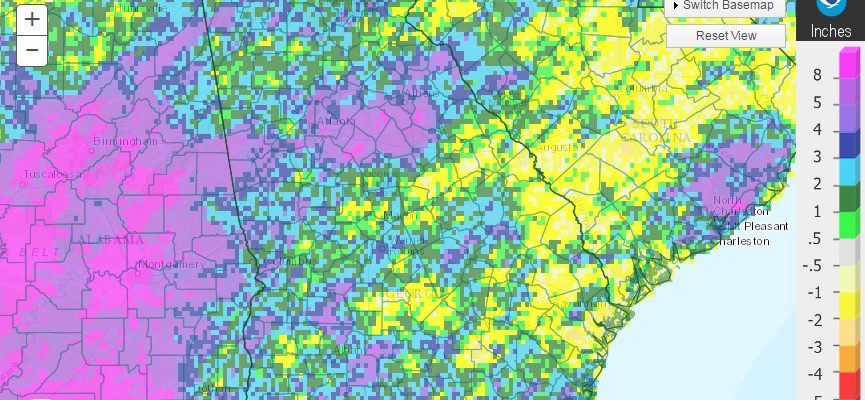
For the first time since January 2016, most of the state was below normal in temperature, although a few areas remained warmer than normal. Most of the northern half of the state was also very wet, but the south also received enough rain to eliminate the drought by the end of the month. In Atlanta,…
Posted in: Climate summaries